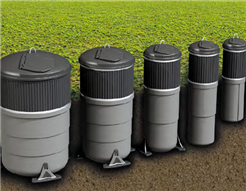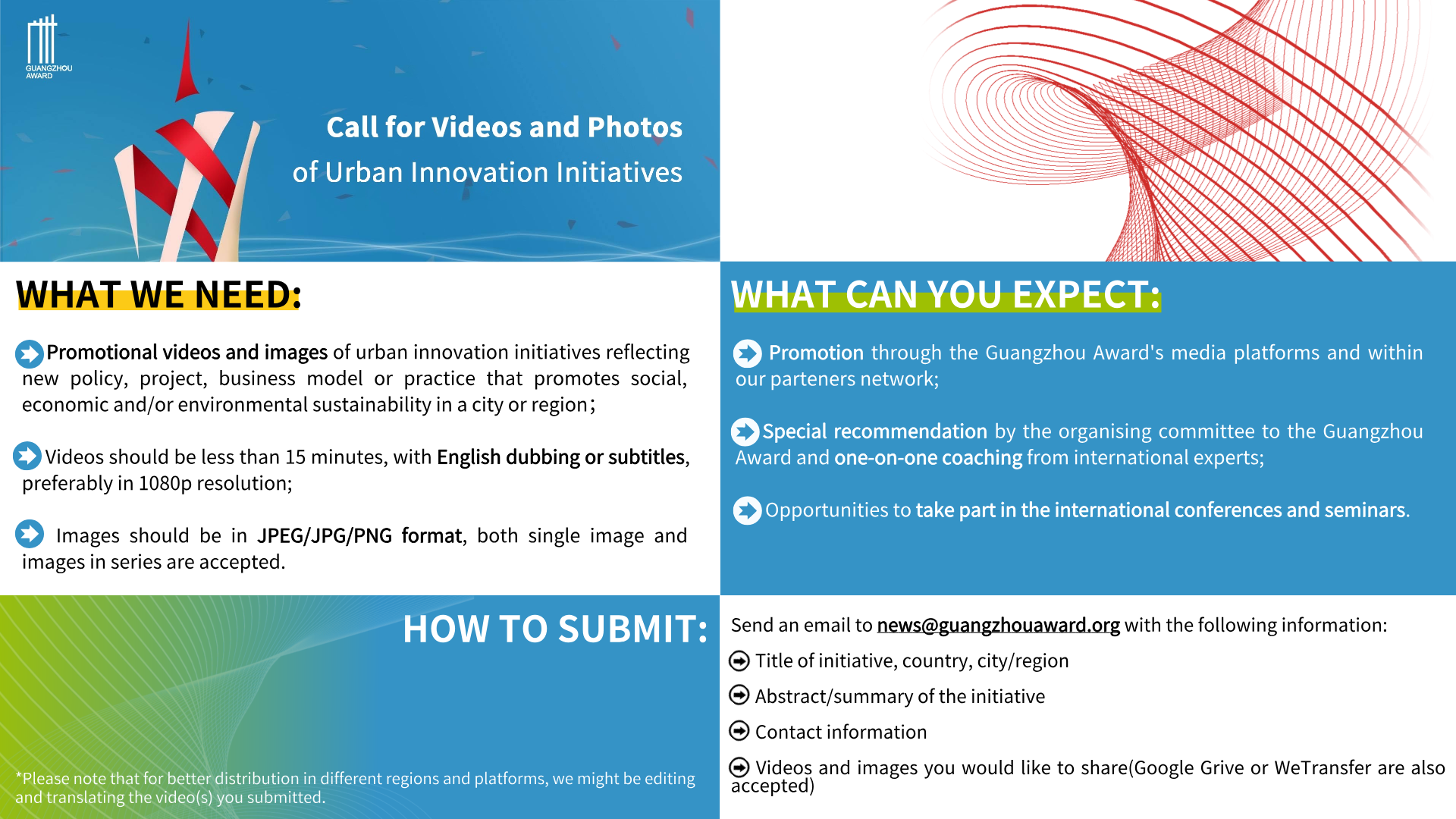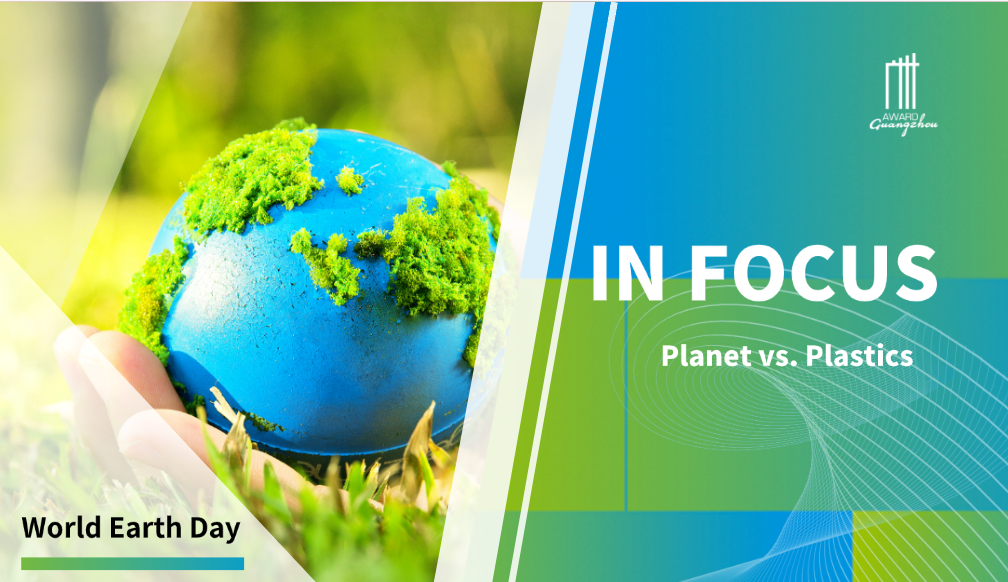Tampere, Finland
Model of the Best Regional Circular Economy Concept for Cities, Companies and Citizens

Background Information
In line with the Waste Act Finland, a municipal authority shall manage administrative functions of waste management within the municipality. It may assign the service function of municipal and household waste management to a company owned by municipalities. The company shall act as the municipal waste management authority.
As part of waste management, waste of different types and quality shall be collected and kept separate, to facilitate the appropriate arrangement of waste management and ensure both are technically and economically feasible.
Goals of the Initiative
The municipalities in Tampere Region have decided that one of the main goals in waste management shall be development of procedural management throughout, focusing on the recovery state and costs paid by the customers. The concept has reduced the costs of waste management to the lowest levels in Finland and recent choices led to the price reduction of a further 20 percent. Today, the recovery state is almost 90 percent; with the digestion plant completion in 2018 the recovery of the nutrients and biomaterials will be almost 100 percent.
Parties and Partners to the Initiative
Tampere Regional Solid Waste Management is in charge of the management of the municipal waste program but also actively operates with private enterprises. The collaboration has been successful and new solutions based on circular economy have been developed. The benefit of the concept is ensuring cost-efficient waste management and circular economy solutions for the region, continuous development and avoiding overlapping investments. It is important that the processes with strategic value, in other words, disposal sites, waste-to-heat and digestions plants, are in charge of a public entity.
Resources Used for Implementation
Tampere Region Solid Waste Management is a publically owned non-profit company. The services and investments are provided according to the polluter pays principle in line with the waste management fee. The company provides an open platform for private enterprises. The benefit of the concept is that the private sector is participating actively for circular economy solutions in collaboration with the municipal sector, while the economic risks are divided between all parties involved and the existing resources are more efficiently used.
Innovation for the Initiative
The initiative is evolutionary because the waste management concept has been developing since Tampere Regional Solid Waste Management was founded and revolutionary due to of the company’s new strategy. The objective of the long term strategy is that the company will develop service models concerning the management of municipal waste in collaboration with national and international partners using new technological solutions.
Innovation has been applied in
The publically owned non-profit company is in charge of the waste management value chain, but on the other hand it collaborates actively with private enterprises in order to develop new more effective and efficient solutions. It is important that the processes with strategic value, in other words, disposal sites, waste-to-heat and digestions plants are in charge of a public entity. The concept ensures cost-efficient waste management and circular economy, efficient use of the existing resources and development targets that are set and monitored by the public sector.
The starting point for circular economy is source separation. It happens at homes. Communication, consumer information and advice have always been the way to get citizens motivated and engaged. In the field of communication several new methods have been used, including puppet shows, movies, calendars and various events where important information had been delivered between the lines.
Obstacles and Solutions for Innovation
Both the municipalities and the customers (their citizens) have been content with the concept because of the continuous development aspect. The prices are the lowest and the technology the best in Finland. The main criticism has become from big companies, but following good results resistance has acquiesced. The source separation is also going well, but it needs continuous communication, advice and motivation.
Outcomes and Assessments
The recovery state is almost 90 percent:
•With the digestion plant the recovery of the nutrients and biomaterials will be almost 100 percent
•The number of enterprises engaged to the concept is 55
•The concept provides 180 employment positions in private sector
•The costs of waste management are the lowest in Finland
Methods Applied
The efficient source separation and separate collection guarantee the quality of the waste. Due to the information management it is possible to follow the polluter pays principle.
Tietomitta Ltd.and Ecomond Ltd. have developed an online IT-system for the optimization of waste collecting. The waste collecting vehicles have online connection to customer services that can provide information about the process.
Enevo Ltd. uses wireless ultrasonic sensors to remotely measure the fill-level of containers and a cloud-service to forecast when bins become full optimizing the collection routes and schedules. The routes are delivered to the drivers’ cellular enabled tablet that guides them along the route.
MariMatic Ltd. has the world's most modern Automatic Waste Collection System that conveys waste through underground pipelines from the waste collection point. The first full scale solution was built in Tampere. Nowadays MariMatic solution is in Zhuhai, China.
Molok Ltd. deep collection system is based on containers situated partly underground. The benefits include less space needed, more compact waste, reduced collection costs, slower bacterial growth and minimized odors. The containers are used in many countries.
EcoFellows Ltd. is a non-profit company owned partly by Tampere Regional Solid Waste Management. Its role is to find new ways to activate citizens in waste prevention and circular economy.


 test
test Urban Innovation in China | Hainan: Transforming Mangroves into “Golden Groves”
Urban Innovation in China | Hainan: Transforming Mangroves into “Golden Groves” In Focus | Empowering the “She” in the Family
In Focus | Empowering the “She” in the Family In Focus | The World Earth Day: Planet vs. Plastics
In Focus | The World Earth Day: Planet vs. Plastics




















 Tel: +86 20 3780 4434
Tel: +86 20 3780 4434 Email: info@guangzhouaward.org
Email: info@guangzhouaward.org Address: Rm 1609, FuLiXinTianDi, No.307 Guangzhou Dadao Zhong, Yuexiu District, Guangzhou, Guangdong, 501600, PRC
Address: Rm 1609, FuLiXinTianDi, No.307 Guangzhou Dadao Zhong, Yuexiu District, Guangzhou, Guangdong, 501600, PRC




